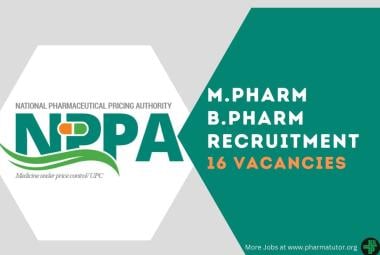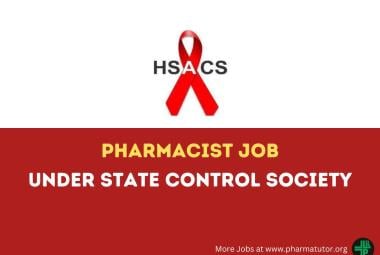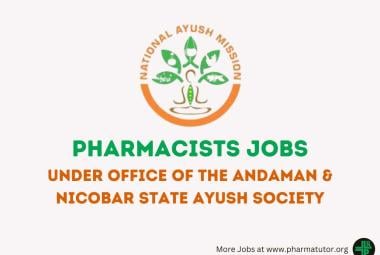Enzyme Linked Immuno Sorbent Assay- An overview
About Authors:
Krunal Parikh*, Mr. Maheshkumar Kataria, Jatin Patel, Tarun Patel, Dhiren Shah
Seth G. L. Bihani S.D. College of Technical Education, Institute of Pharmaceutical Sciences and Drug Research,
Sriganganagar, India
*Krunal_2922@yahoo.in
ABSTRACT
Enzyme-linked immunosorbent assays (ELISAs) are plate-based assays designed for detecting and quantifying substances such as peptides, proteins, antibodies and hormones. Other names, such as enzyme immunoassay (EIA), are also used to describe the same technology. In an ELISA, an antigen must be immobilized to a solid surface and then complexed with an antibody that is linked to an enzyme. Detection is accomplished by assessing the conjugated enzyme activity via incubation with a substrate to produce a measureable product. The most crucial element of the detection strategy is a highly specific antibody-antigen interaction. There are three methods of ELISA. Each type of ELISA can be used qualitatively to detect the presence of antibody or antigen. Alternatively, a standard curve based on known concentration of antibody or antigen is prepared, from which the unknown concentration of a sample can be determined.



 About Authors:
About Authors: About Authors:
About Authors:  About Authors:
About Authors:  About Authors:
About Authors:  About Authors:
About Authors:  About Authors:
About Authors:  About Authors:
About Authors: 







.png)

